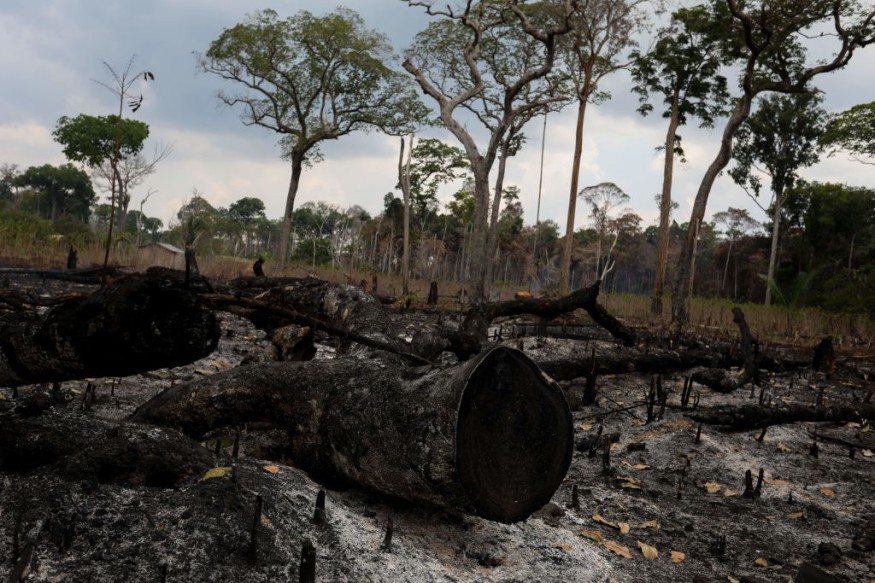Latest research showed that deforestation in the Amazon could cause warming and later contribute to global heating.
The study further indicated that agricultural businesses would be among the biggest beneficiaries of the forest conservation.

Researchers pointed out that tropical deforestation warms the climate with negative impacts on people living nearby.
Substantial Warming
Most of the previous studies that were done have focused on the local warming caused by deforestation and less has been known about how deforestation impacts surrounding areas.
The study used satellite data to show that deforestation in the Amazon caused substantial warming up to 100 km away from the location of forest loss.
The researchers used some remote-sensed observations of forest loss and dry season land-surface temperature during the period 2001 to 2020 so that they can demonstrate that deforestation of the Amazon caused strong warming at distances up to 100 km away from the forest loss.
They also applied a machine learning approach to show that the nonlocal warming due to forest loss at 2-100 km length scales increases the warming due to deforestation by more than a factor 4, from 0.16 K to 0.71 K for each 10% points of forest loss.
Experts have shown that this nonlocal warming increased deforestation-induced warming by a factor of four.
"We estimate that reducing deforestation in the Brazilian Amazon could reduce future warming in the southern Amazon by 0.56 °C. These findings highlight the role of deforestation in regional climate change and emphasize the importance of reducing deforestation for climate adaptation and resilience in the Amazon," the study indicated.
They further stressed that the study's results demonstrated the contribution of tropical deforestation to regional climate warming and the potential for reduced deforestation to deliver regional climate adaptation and resilience with important implications for sustainable management of the Amazon.
They also warned that the regional warming due to Amazon deforestation would have negative consequences for the 30 million people living within the Amazon basin, many of whom are already exposed to dangerous levels of heat.
Biophysical Effects Of Forests
According to the study, biophysical effects of forests can strongly impact properties of the land surface through changes in land, such as the atmosphere fluxes of heat, moisture, and momentum.
Furthermore, forest landscapes typically exhibit higher leaf area index, deeper roots, lower albedo, greater evapotranspiration, and aerodynamic surface roughness when compared to nonforest landscapes.
Changes to these biophysical effects as a result of deforestation can result in changes in climate at the location of land cover change, known as local effects.
Deforestation also has contrasting local effects, with increased albedo acting to cool the surface while reduced surface roughness and evapotranspiration, acting to warm the surface.
In maritime Southeast Asia, deforestation has been shown to result in warming up to 6 km away from the location of deforestation.
Some climate models have been used to separate the local and nonlocal effects of deforestation suggesting that the nonlocal effects of deforestation on surface temperature are similar in magnitude to the local effects.
These studies have highlighted a potentially important, but poorly quantified, impact of deforestation on regional temperatures.
Related Article : Amazon Rainforest's Remaining 38% of Trees Degraded by Humans [Study]
© 2025 NatureWorldNews.com All rights reserved. Do not reproduce without permission.





